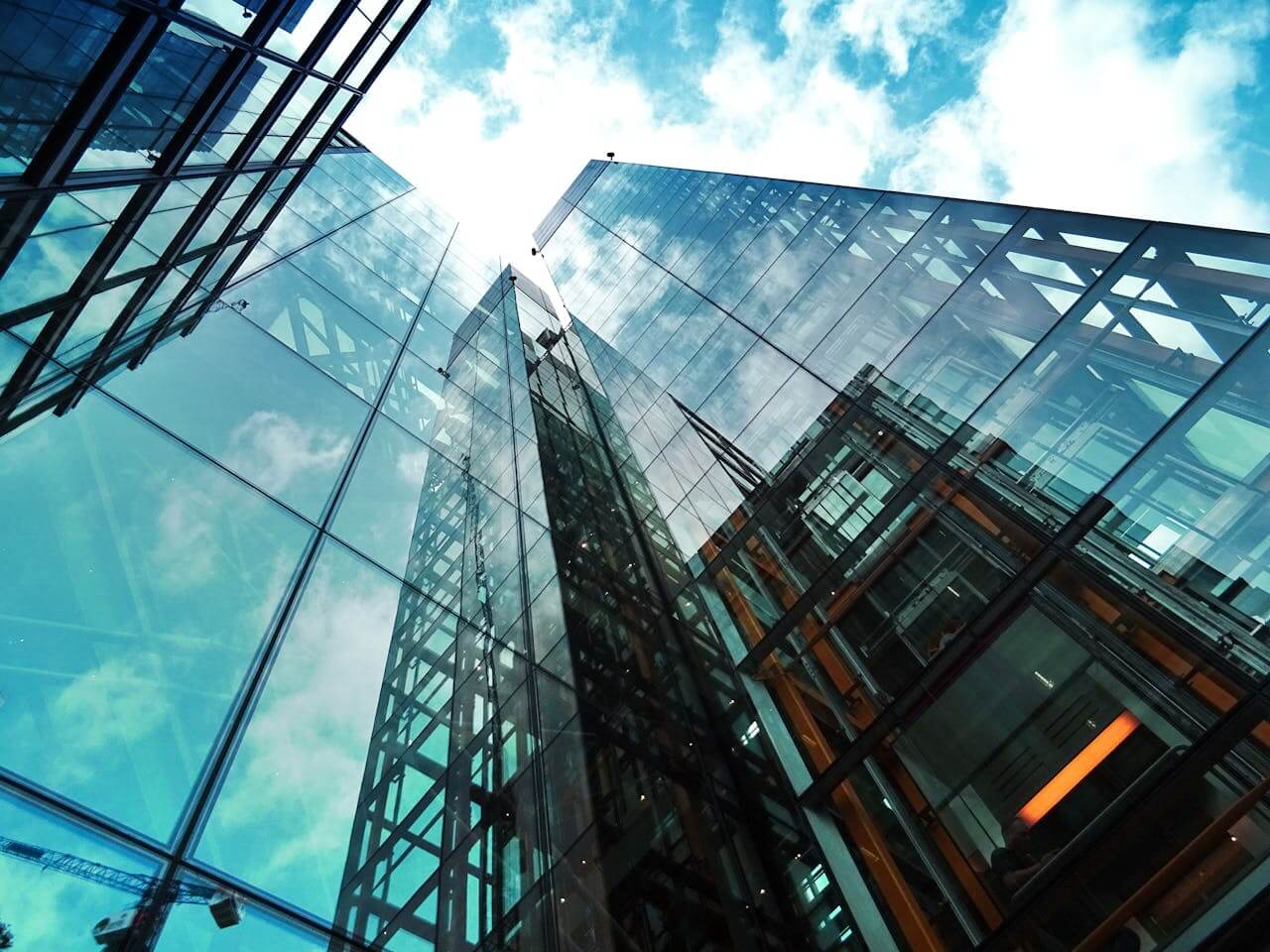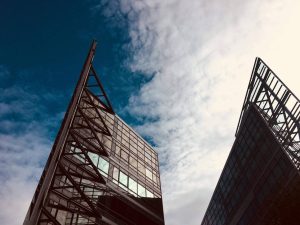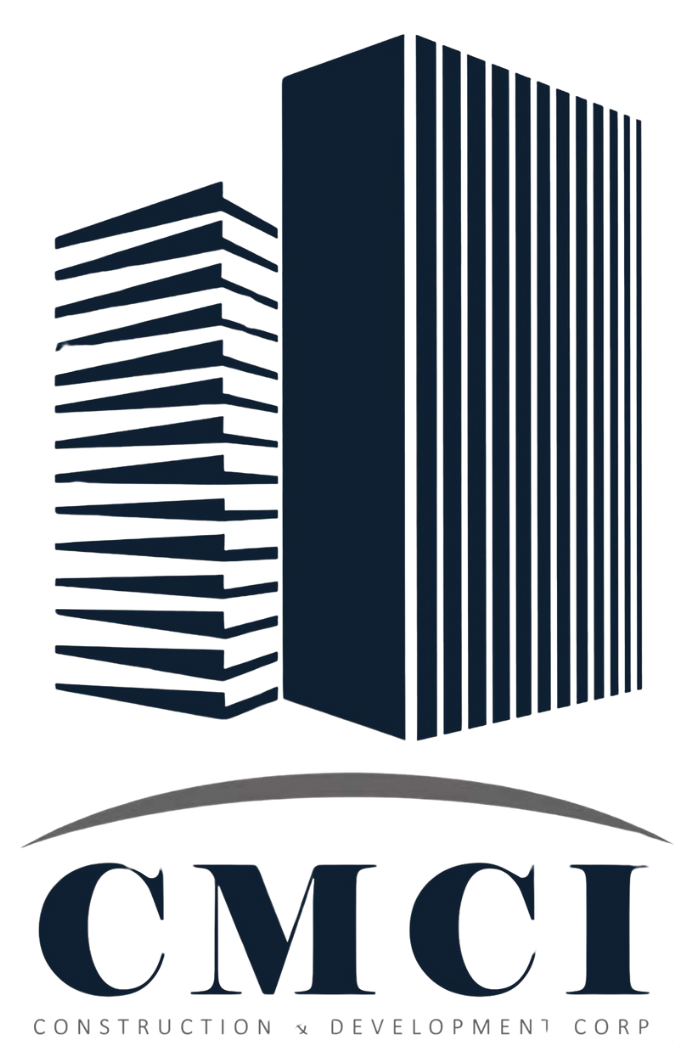- Home
- / Blog

As we navigate through the bustling streets of our cities, one thing becomes increasingly apparent: new buildings are popping up every day. From sleek high-rises to innovative mixed-use developments, the skyline is constantly evolving. But what drives this relentless construction boom, and what does it mean for the future of our urban landscapes?
The Drivers Behind the Boom
Urbanization: As more people flock to urban centers in search of job opportunities, cultural experiences, and lifestyle amenities, cities are expanding rapidly. This surge in population creates a demand for more housing, commercial spaces, and infrastructure, prompting developers to erect new buildings.
Economic Growth: In periods of economic prosperity, both public and private investments increase. Cities often experience an influx of capital that fuels new construction projects, from luxury condos to state-of-the-art office spaces.
Innovation in Design and Technology: Advancements in building technology and design have revolutionized construction methods. Sustainable building practices, such as green roofs and energy-efficient systems, are becoming standard. This not only makes new buildings more environmentally friendly but also more appealing to modern consumers.
Urban Redevelopment: As cities evolve, older, less efficient buildings are often demolished to make way for new developments. Urban redevelopment projects aim to revitalize neighborhoods, boost property values, and create vibrant communities.
The Impact on Communities
Housing Affordability: While new developments can lead to the creation of more housing units, they can also drive up property values and rents, potentially making housing less affordable for long-time residents. Balancing growth with affordability remains a critical challenge for urban planners.
Economic Opportunities: New buildings often bring new businesses, amenities, and job opportunities. Shopping centers, office spaces, and entertainment venues contribute to local economies and enhance the quality of life for residents.
Cultural Shifts: The architectural character of a city is a reflection of its cultural and historical evolution. As new buildings rise, they can alter the aesthetic and cultural landscape, leading to a mix of old and new that defines a city’s unique character.
Environmental Concerns: The environmental impact of new construction is a growing concern. Efforts to incorporate sustainable building practices and green technologies are crucial in mitigating the effects of urban sprawl and reducing the carbon footprint of new developments.
Tags :
Share :
Latest Post

Prepping for Your Design Build Construction Project

How Millennials Are Influencing Office Design



